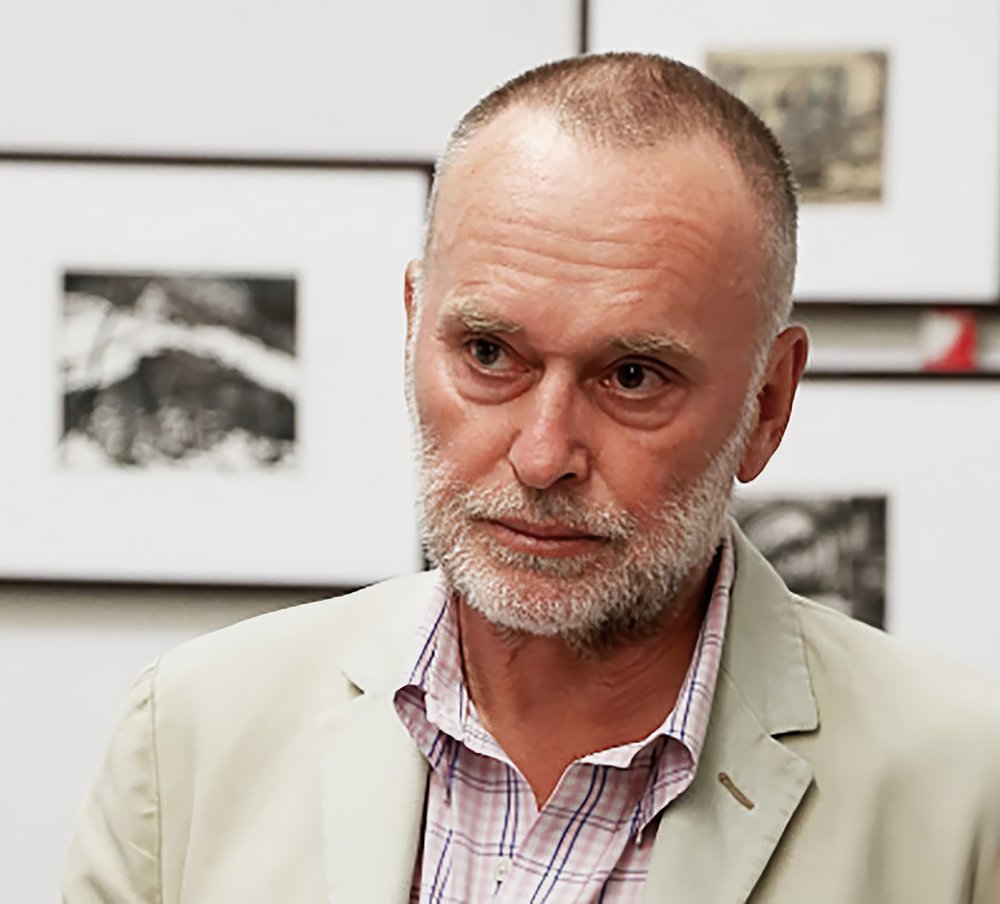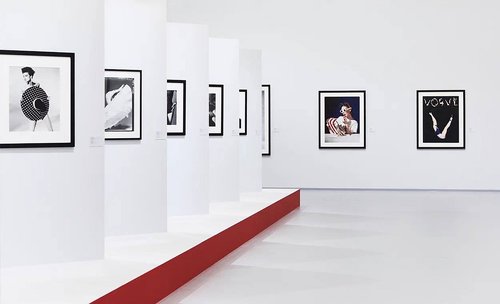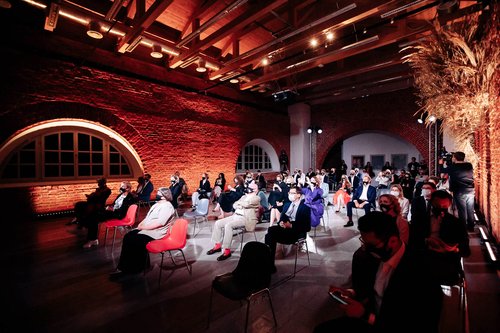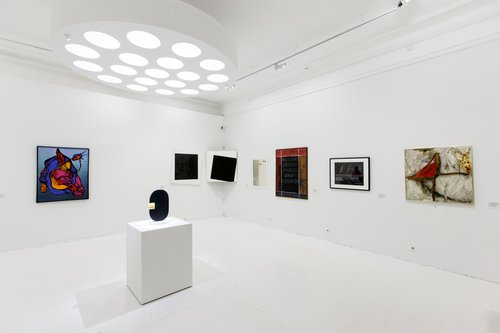Curator Leonid Bazhanov has Passed Away in Moscow

Leonid Bazhanov. Photo by Valery Levitin. Courtesy of RIA Novosti
It is thanks to Leonid Bazhanov that Russia’s contemporary art won state support for the first time and a network of national centres of contemporary art, NCCA, appeared all over the country. Milena Orlova, editor-in-chief of The Art Newspaper Russia, recalls the main milestones of his journey in art and unique and enduring contribution to the Russian contemporary art world.
Although Leonid Bazhanov (1945–2025) was just shy of his 80th birthday, until recently he never seemed old. He always preferred to introduce himself as Lenya, was often seen together with his wife Tatiana at important exhibition openings and he was always creating some news. This week social networks are all overflowing with condolences and gratitude for his service to the arts: many art careers took off thanks to his support. Even those who did not know him personally and did not have the good fortune to experience the warm charm of his personality, in one way or another benefitted from the fruits of his work.
First of all, there was the National Centre for Contemporary Art, which Leonid Bazhanov brought to life through the Ministry of Culture in 1992, the decree signed by then Minister Yevgeny Sidorov. As a freelance art historian and curator, Leonid Bazhanov started work at the Ministry as head of the Fine Arts Department which enabled him to realise this project.
At this time, Bazhanov had a degree from Moscow State University with what was at the time a rare area of specialisation: contemporary art (later, together with his friend and colleague Valery Turchin, he briefly lectured on Western art of the twentieth century at his alma mater) and he had experience of working in various art-related organisations. These include museums such as the Kremlin Museums, the Pushkin State Museum of Fine Arts, the Moscow Manege exhibition hall; the board of the Union of Artists, and publishing house Sovetsky Khudozhnik (Soviet Artist). In Moscow´s artistic environment Leonid Bazhanov was known as an independent curator, organiser and participant of informal semi-underground exhibitions in various cultural centres and research institutes. He was also seriously engaged in painting but was forced to abandon these activities when perestroika began in the USSR and new opportunities opened up.
In 1986 with the support of legendary collector Leonid Talochkin and a group of young artists Bazhanov founded an amateur creative association called ‘Hermitage’ in the municipal exhibition hall in Belyaevo, a district of Moscow. Within a year, about a dozen exhibitions had taken, many with long queues, as they showed the kind of art that could not be seen anywhere else. ‘Retrospective of Moscow artists. 1957–1987’ was a particularly significant exhibition staged there, where a coherent history of unofficial art with the leading names was put together for the first time which included the then frowned-upon emigrants, such as Oscar Rabin (1928–2018). It was also the place where a new generation of artists was introduced to the public, from the group Mukhomor to Anatoly Zhuravlev (b. 1963) and ‘paper’ architect Yuri Avvakumov (b. 1957). ‘Hermitage’ was also a testing ground for the format of the ‘curatorial’ exhibition in Russia, with a theme and concept, such as the exhibition ‘Housing’.
The next step in Leonid Bazhanov's activities was the creation in 1990 of the Centre for Contemporary Art in Yakimanka Street which became Moscow's first gallery cluster. Each of the dozen galleries that settled in the old building in the historical city centre was responsible for its own management and direction: some specialised in photography, some in video art, and others in new painting. Its large main space hosted thematic exhibitions and performances. At the same time, it was an educational centre: it was at Yakimanka that Viktor Misiano's legendary course on the art of curating was first launched.
As Leonid Bazhanov himself says in a video interview with Sasha Obukhova in the archive on the website of the Garage Museum of Contemporary Art, he had to solve funding issues and look for sponsors (this word became popular at the time), but he found the results disappointing, there was simply not enough support. So, he came up with the idea to turn to the Russian state for help. He wrote a concept for a state centre for contemporary art and went to the ministry of Culture. His idea was approved.
In the early 2000s, the NCCA got its own building in the new Moscow Zoo. Bazhanov became the artistic director of this new institution, with the role of general manager given to Mikhail Mindlin. Exhibitions, master classes, lectures, residencies, festivals and performances took place in the courtyard. At the same time, a new building was under construction which opened in 2004, and work was underway to create similar centres all across the country – people and venues were found, concepts were thought up, and collections and archives were gathered. One of NCCA´s most ambitious projects is the renovation of the Arsenal in the Nizhny Novgorod Kremlin, which received The Art Newspaper Russia Prize as ‘Restoration of the Year’, undoubtedly one of the best regional art institutions in the country.
The state prize ‘Innovation’, the Urals Industrial Biennale, the Biennale of Young Art, and many festivals of all kinds were launched. There were plans to build a large State Museum of Contemporary Art in Moscow: various architectural projects were discussed, but sadly this idea was buried in 2014. By 2016, when out of the blue the state decided to transfer NCCA to another state museum and exhibition organisation called ROSIZO, it was a network of branches all over the country in Vladikavkaz, Ekaterinburg, Kaliningrad, Nizhny Novgorod, Samara, St. Petersburg, and Tomsk.
Much of NCCA´s existing staff struggled to find a common language with the new management at ROSIZO and dismissals quickly followed. Leonid Bazhanov left his post. In an interview with The Art Newspaper Russia at the time, he commented on this decision: ‘Initially we adopted the Pompidou model – we started to actualise work with artistic processes, this was not the museification of artwork, although we also took into account other things. I think it is a crime to destroy such experience: we were serious professionals, we knew contemporary art and had studied it in practice from the Moscow and St. Petersburg undergrounds of the late 1960s to the mid-1980s and its official existence – first as non-state associations and centres, and then within the structure of state institutions’.
A few years later, the former structure of the NCCA was taken over by the State Pushkin Museum of Fine Arts and continues to exist in one way or another, with new ways of presenting contemporary ideas, for example, through the prism of classical art, as was the case in the large exhibition project ‘Named by Vasari’ at the Arsenal in Nizhny Novgorod.
After leaving NCCA, Leonid Bazhanov continued on his path of Kulturtrager. He initiated the creation of the ‘contemporary art’ department at the Higher School of Economics, where his students also teach and is popular with students. In 2020, he received the distinguished Ínnovation´ award for his contribution to the development of Russian contemporary art. When asked by the journalist from The Art Newspaper Russia how it felt to receive a prize that he himself once founded, Bazhanov ironically replied: ‘I am allowed it now’. And it is impossible not to agree with him. He himself was the centre of contemporary art in the country.
This article was first published in Russian on the website of The Art Newspaper Russia on 13 January, 2025.















